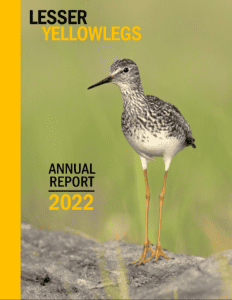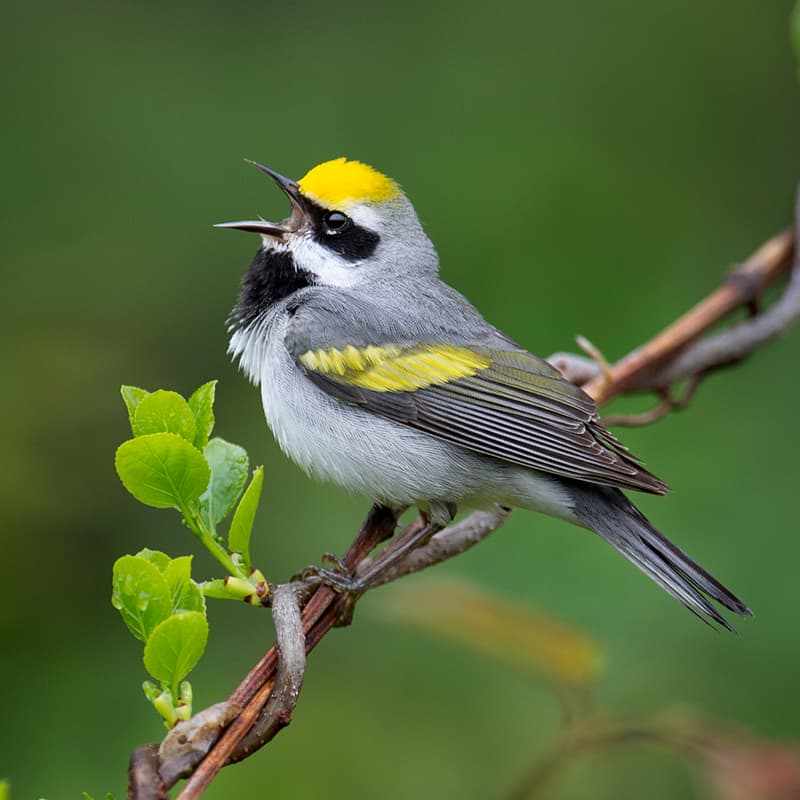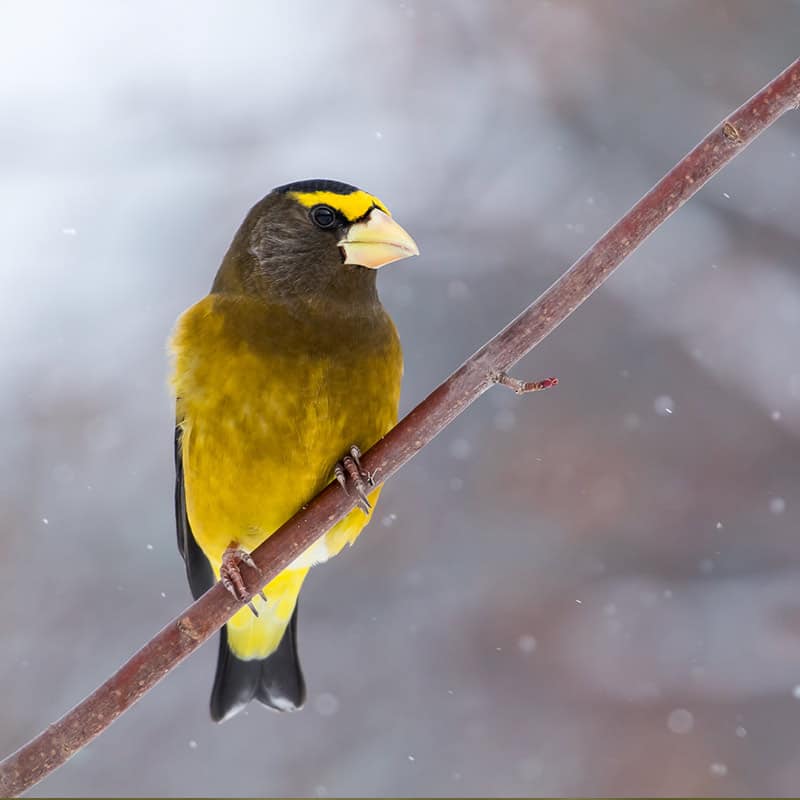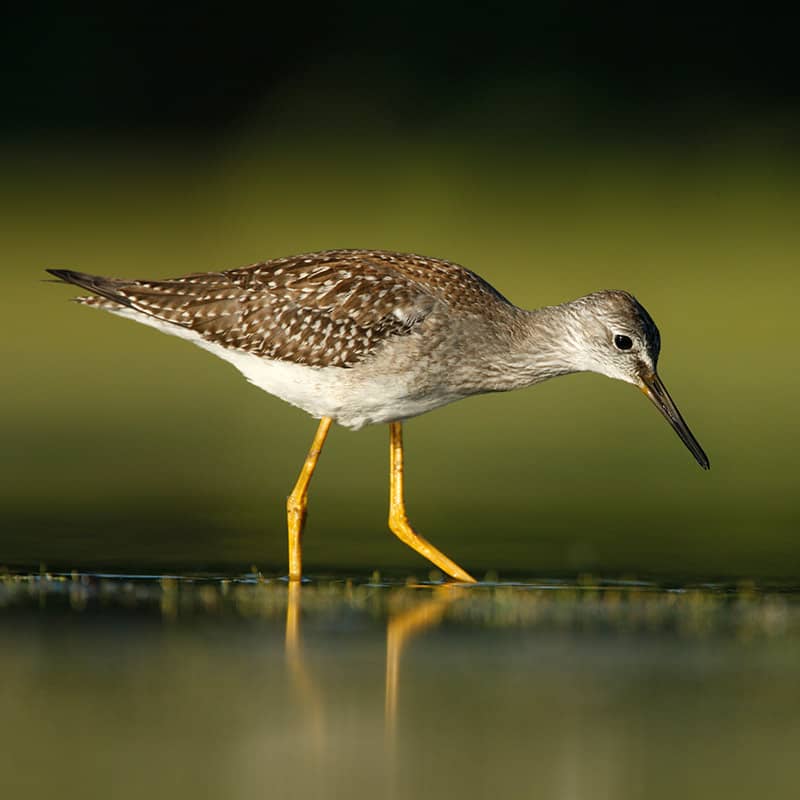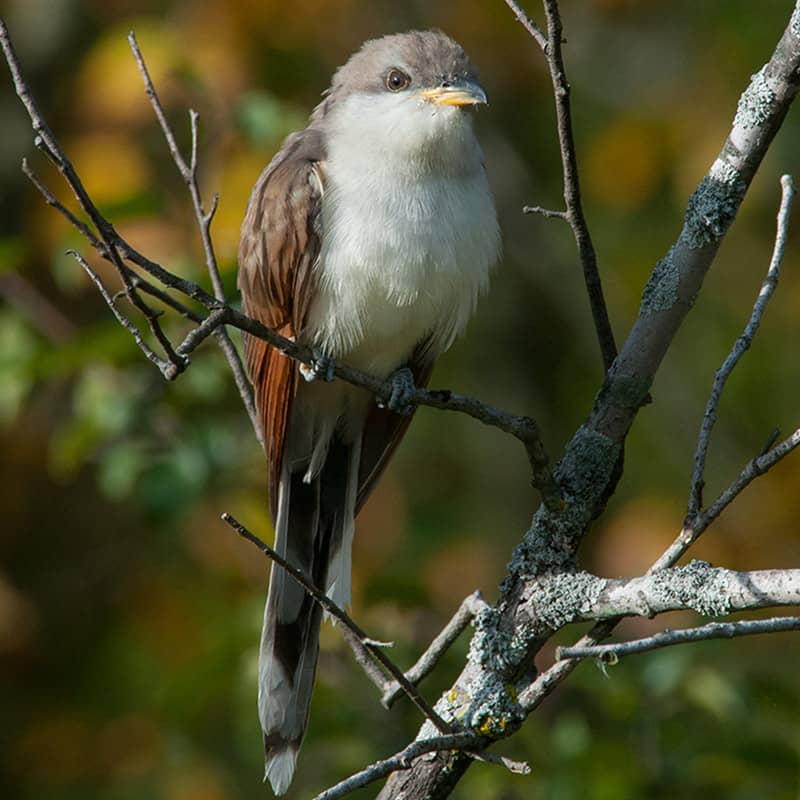Lesser Yellowlegs
Tringa flavipes
Restoring Lesser Yellowlegs populations: A Road to Recovery Pilot Species Project
The Lesser Yellowlegs (LEYE) is a long-distance neotropical migrant with an annual range that spans the Western Hemisphere. The species has steeply declined during the past several decades and as a result it is considered highly imperiled in Canada where it was listed as threatened and is a bird of high conservation concern in the continental United States. This medium-sized shorebird, about the mass of a deck of cards, migrates from the boreal wetlands of Alaska and northern Canada to South America, undertaking an approximately 8,000-mile journey twice a year. By following their epic journey using tiny satellite transmitters, researchers have learned a great deal about where these birds stop to refuel and threats they encounter during migration. The Lesser Yellowlegs is likely the most widely hunted shorebird in the Atlantic Americas Flyway, and current harvest levels in South America are thought to be unsustainable. Additional threats include habitat loss, pesticide effects, and wetland drying caused by a changing climate.
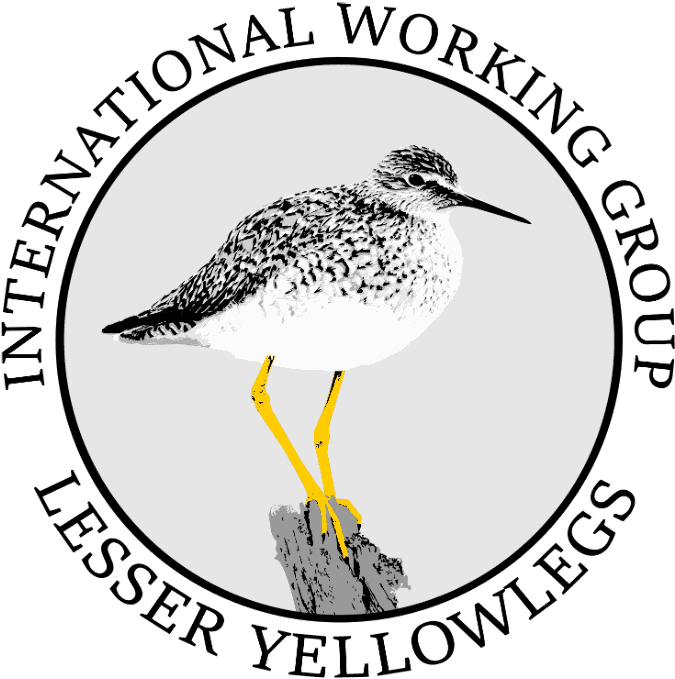
Purpose, Goals, and Objectives
The International Lesser Yellowlegs Working Group (Group) was formed in response to the selection of the Lesser Yellowlegs as a focal species by the Road to Recovery Initiative and subsequent funding support provided by the Knobloch Family Foundation.
- The Group serves as an international working group to facilitate collaborative planning and implementation targeting range-wide conservation and management of Lesser Yellowlegs
- The Group intends to engage with diverse stakeholders to achieve identified goals
- The Group would ultimately like to showcase how focused conservation efforts and investments can reverse the decline of a threatened species
The International Lesser Yellowlegs Working Group wants to:
- Keep partners informed and up-to-date on the group’s work
- Share latest data and information about LEYE
- Stimulate LEYE range-wide collaboration
- Communicate our achievements (publications, on the ground conservation, fund-raising, and opportunities)
We want to tell the story of how Lesser Yellowlegs connect people across the hemisphere. Our efforts contribute to conservation initiatives across the boreal forest and midcontinent flyway and benefit other species including: Hudsonian Godwit, American Golden-Plover, Black-bellied Plover, Stilt Sandpiper, Buff-breasted Sandpiper, Pectoral Sandpiper and Upland Sandpiper. We are engaged with federal, state, county agencies, NGOs, indigenous partners, international conservation organizations, land managers, and private landowners to accomplish our conservation efforts.
Conservation Projects
With support from the Knobloch Family Foundation, Environment and Climate Change Canada, the U.S. Fish and Wildlife Service, the Alaska Department of Fish and Game, and the U.S. Department of Defense, efforts to recover Lesser Yellowlegs populations are gaining momentum. The International Lesser Yellowlegs Working Group, comprised of ornithologists, social scientists, and conservation practitioners, was recently formed to evaluate and address threats that are likely to limit yellowlegs population growth.
- Members of this team serve on the Atlantic Flyway Shorebird Initiative Harvest Group, which has taken steps to finance hunter education programs and law enforcement patrols in Suriname, transition shooting swamps into no-shooting refugia in Barbados, and set daily bag limits in Martinique and Guadeloupe.
- To address key knowledge gaps about the health of breeding populations, a new graduate research project has started to quantify nesting success, breeding habitat, and adult survival in Churchill, Manitoba.
- An additional graduate project in the Prairie Potholes region of North America will determine the effects of agricultural pesticide use and habitat loss on migrating Lesser Yellowlegs.
- Preliminary surveys are underway in the Argentine Pampas to determine important wintering areas and habitats.
- With these efforts underway, the working group will continue working with partners across the species’ range to identify and address the complex cultural and economic factors that may contribute to declines, ultimately strengthening conservation and management of this species.
Lesser Yellowlegs Lightning Talk
Lightning talk by Katie Christie for the Lesser Yellowlegs Working Group
Lesser Yellowlegs: A path to recovery
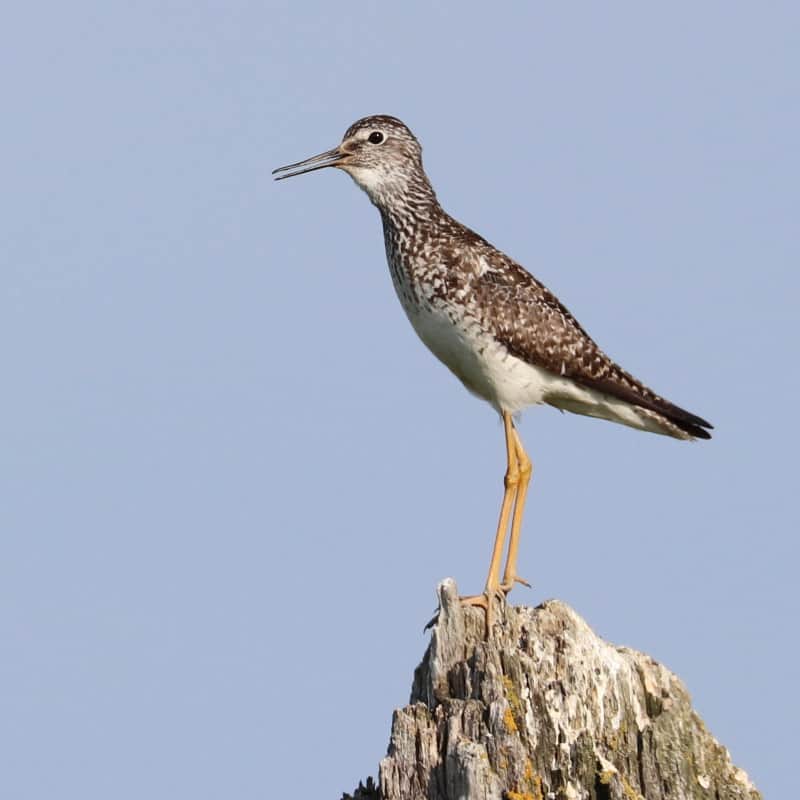
Lesser Yellowlegs – photo by Katie Christie
A Year in the Life of a Lesser Yellowlegs
The story of endurance, perseverance, and defeat. Since 2018, ornithologists have worked to identify the cause(s) of the decline by tracking the annual movements of 115 adult Lesser Yellowlegs. The tracked birds originated from seven breeding populations dispersed across Alaska and Canada.
Including all interested and all who wish to be involved:
We had a workshop in 2022 which helped us begin targeting threats as a way to prioritize our actions. We wish to invite anyone who wants to be involved in the process to conserve populations of Lesser Yellowlegs. We intend to provide updates to individuals annually, as needed for those who participated in the workshop, and to anyone who contacts us.
Contact the LEYE Working Group:
- Brad Andres, baandres1@yahoo.com
- Katie Christie, katie.christie@alaska.gov
- Jim Johnson, jim_a_johnson@fws.gov
- Benoit Laliberte, benoit.laliberte@ec.gc.ca
- Natalia Martinez-Curci, nmartinezcurci@conicet.gov.ar
- Erica Nol, enol@trentu.ca
- Kelly Srigley Werner, srigleywerner@uidaho.edu
Publications
Rivera-Milan et al. 2023. Sustainability assessment of Lesser Yellowlegs Tringa flavipes harvested in the Americas
Christie et al. 2023. Movement and Genomic Methods Reveal Mechanisms Promoting Connectivity in a Declining Shorebird: The Lesser Yellowlegs
McDuffie et al. 2022. Eastern-breeding Lesser Yellowlegs are more likely than western-breeding birds to visit areas with high shorebird hunting during southward migration
McDuffie et al. 2022. Flyway-scale GPS tracking reveals migratory routes and key stopover and non-breeding locations of lesser yellowlegs
Pilot Species Working Groups
With generous support from the Knobloch Family Foundation, Road to Recovery is able to begin supporting the pilot projects focused on the recovery of four species, three of which are Tipping Point Species. The purpose of these projects is to provide a proof of concept for advancing both biological and social science targeted at identifying and addressing causes of species declines.

